Irpin: Vitali’s tour through his destroyed home
In the northeast of Irpin, a residential area was particularly affected by the fighting in the Ukraine war. Vitali shows what happened in his hometown.
Irpin, Bucha, Borodyanka – the three Kyiv suburbs have become a symbol of the atrocities and war crimes allegedly committed by Russian troops in the course of the large-scale offensive in Ukraine since the end of February. Due to the rapid recapture of this area, the extent of the damage can be well documented and reconstructed.
Arbitrary shots
Residents of Iprin say that the Russian tanks arbitrarily shot at residential buildings. Small and large bullet holes, shattered windows, splintered facades and traces of fire characterize the appearance of the city, which once had around 47,000 inhabitants. A mall, formerly with a cinema and bowling center, is hardly recognizable anymore.
A residential area in north-east Irpin on Hostomel’s’ke Hwy, which was never taken by Russian troops, was particularly hit by shelling. The modern skyscrapers with parks, benches and playground near a military hospital are completely in ruins, Vitali is standing there and offers a tour of the much poorer quarter across the street where he grew up; he was born in Luhansk Oblast. “Many came here after the explosion in Chernobyl,” he says. After the reactor catastrophe in 1986, it is now the war that has displaced thousands of people here.
Shortly after the start of the tour, several cars drive into the small settlement – returnees. Vitali welcomes his long-time neighbors with hearty hugs. However, the joy of reunion quickly gives way to horror at the sight of the destruction. A waiting passenger is still in the car, covering her mouth with her hand. Wet, swollen eyes can be seen in several members of the group. Seeing home in ruins – not an easy view. They may not have had much before the Russian attack. But now they’ve lost even that.
A block of flats in ruins
Vitali speaks with a clear vodka breath, his descriptions are nevertheless clear and detailed. Although he also left Irpin with his family during the Russian occupation, he assures that he knows exactly what happened in the quarters. His descriptions sound like the script for a war film. He doesn’t linger long on the destroyed houses. Instead, he leads to a small green area in front of two burned-out gas stations and a supermarket.
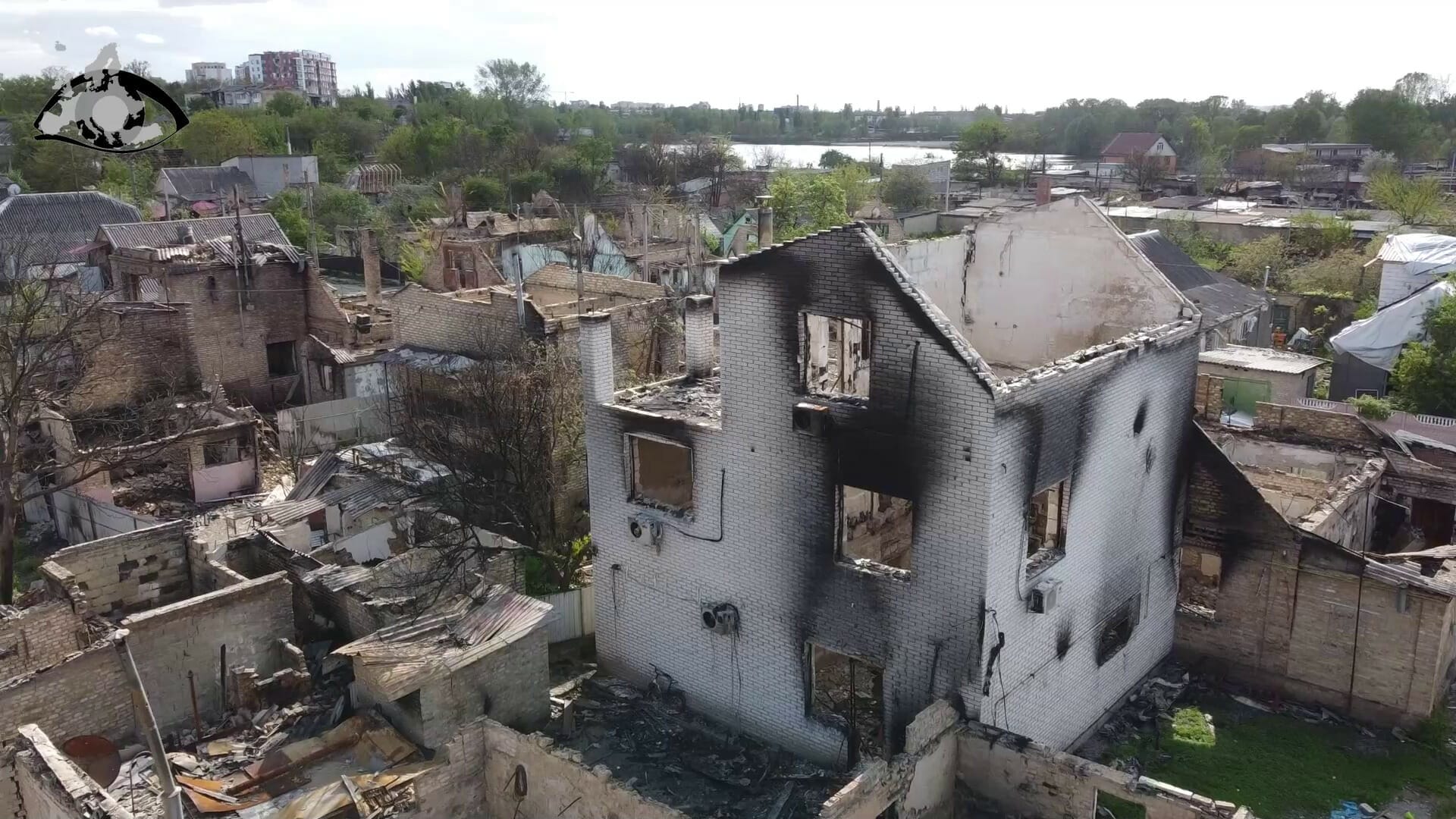
Trenches are dug here, small walls in front of them offer the defenders additional protection. A walkie-talkie is still lying in one of the trenches. Vitali tells about three roads leading from Bucha to Irpin, his residential area is on the eastern route. “Our troops blew up the bridge,” he explains; this access was thus blocked for the Russian units.
Artillery hunts tank
The Russian artillery was responsible for the massive destruction in the block, Vitali continues. He points with his index finger in a northwesterly direction, between trees across the lake to the other shore, which already belongs to Bucha. “Later I’ll show you the garages between which a Ukrainian tank drove and fought the Russian artillery. They tried to hit the tank – but destroyed all the garages in,” says Vitali. Since another road runs west from here towards the second city entrance, this spot is also of strategic importance.
On the way from the hill to the garage settlement, Vitali points to a small crater in the meadow: “A mine has detonated here.” Has everyone been cleared away in the meantime? “I don’t know,” he replies: “Look at your feet, go after me and don’t stand in the grass.” On the way, he also tells of telephone bombs and explosive devices in children’s toys that were found here after the recapture.
Walk through the garage district
Vitali stops in a side street, several shot-up vehicles are in it. “The Ukrainian tank was standing here,” he points in the direction of one of the front garages. Further back and at the crossroads, he also finds the two craters from the artillery fire that he talked about earlier. “Another shot flew over the houses and hit a house further back,” he continues.
On the way back through the residential area, Vitali stops at a white car. A shrapnel of a projectile is still stuck in the hood. Fearless, if not downright daring, he pulls out the piece of metal, examines it – and puts it back in the hole.
How bitterly both sides fought here can also be seen 20 minutes south-east of Irpin, between Zabuchchya and Dmytrivka. A dozen metal skeletons lie at the side of the road. Russian tanks and other military vehicles were stopped here by Ukrainian troops and later pushed back.
On the outskirts of Irpin, coming from the capital Kyiv, a car graveyard bears witness to the bitter war. Here the Ukrainian troops stopped the Russian advance until the aggressor withdrew.
Vorgeschlagene Beiträge
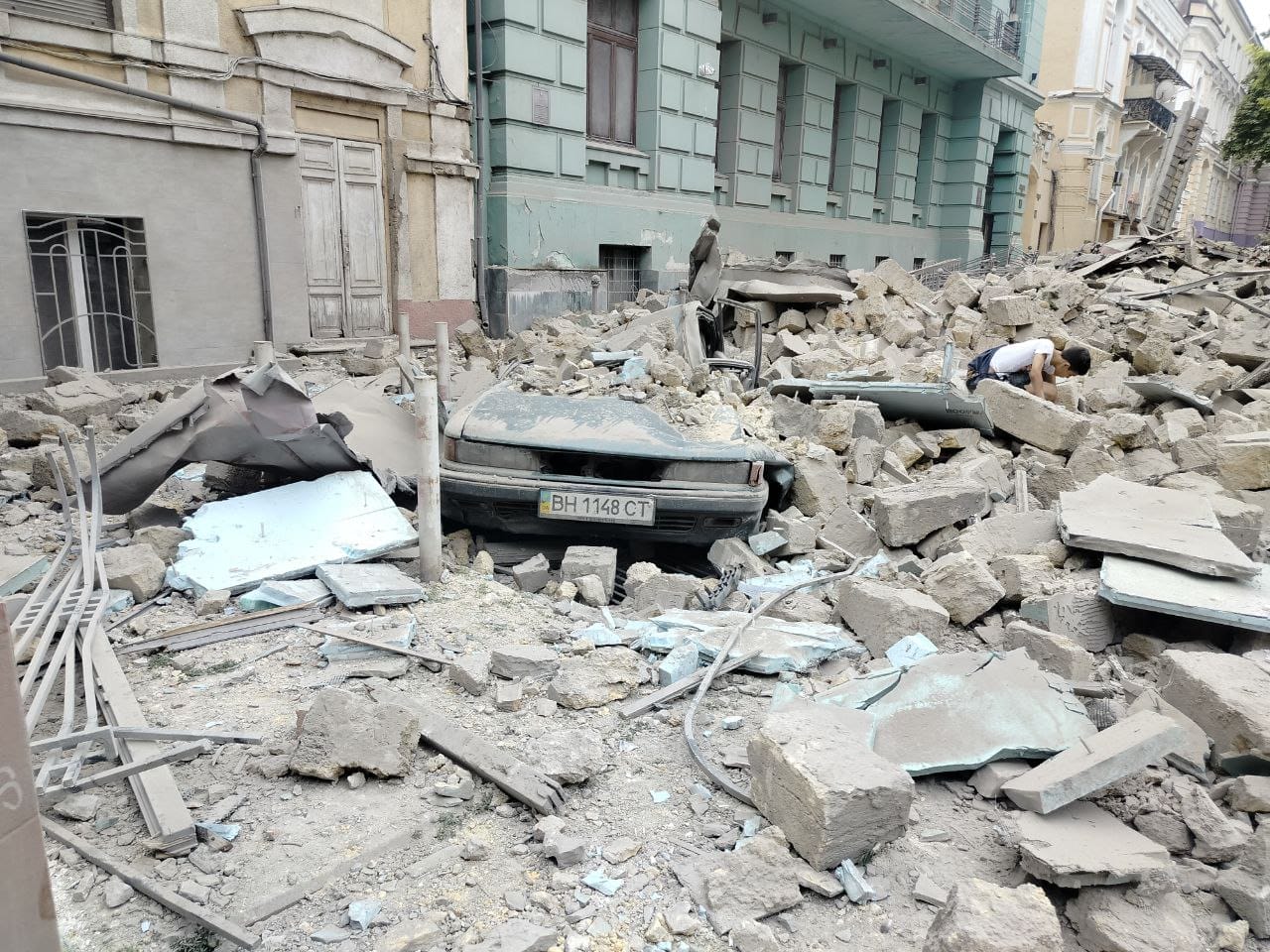
The lessons of living with war
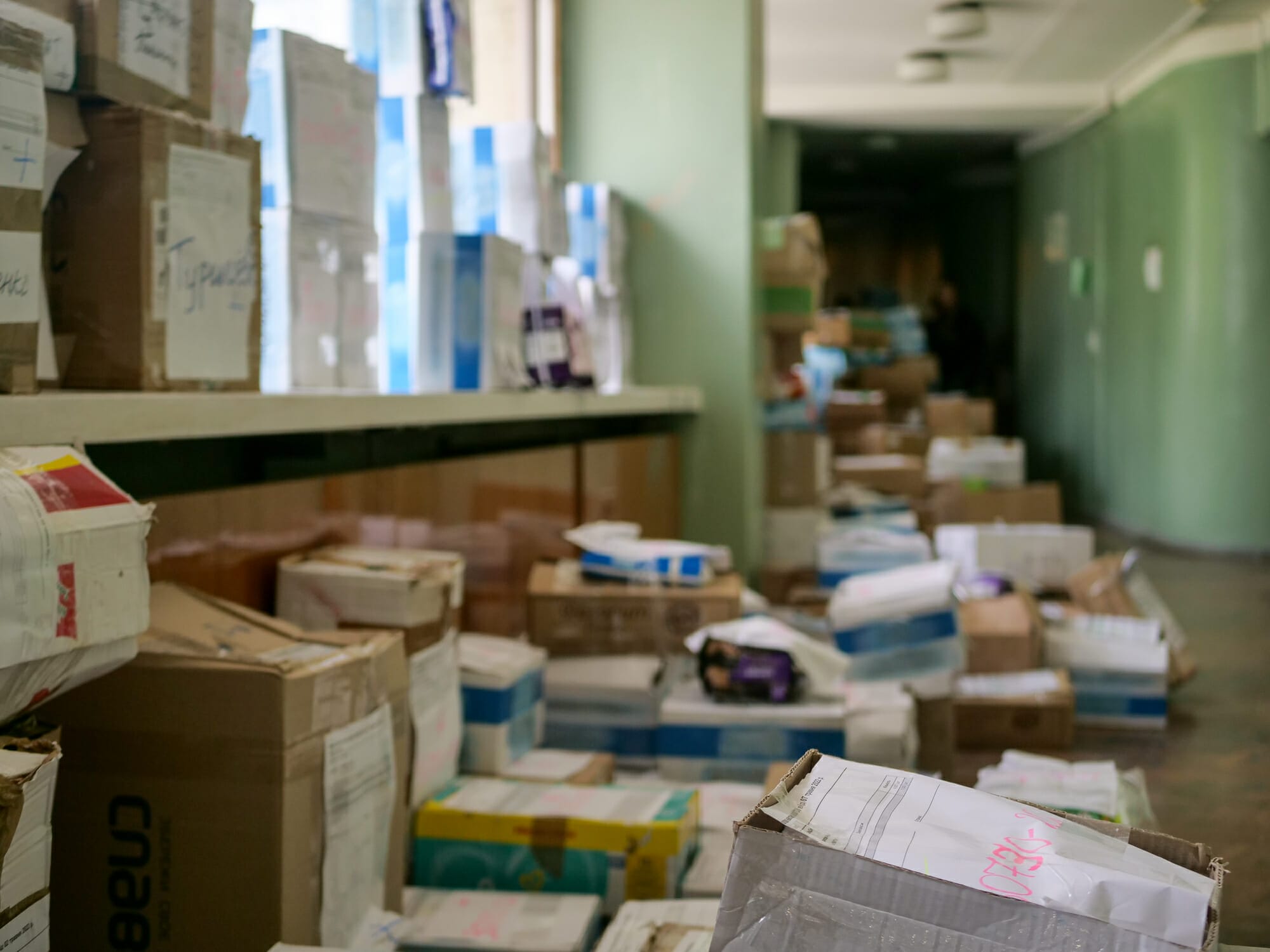
How young people in Dnipro provide humanitarian aid


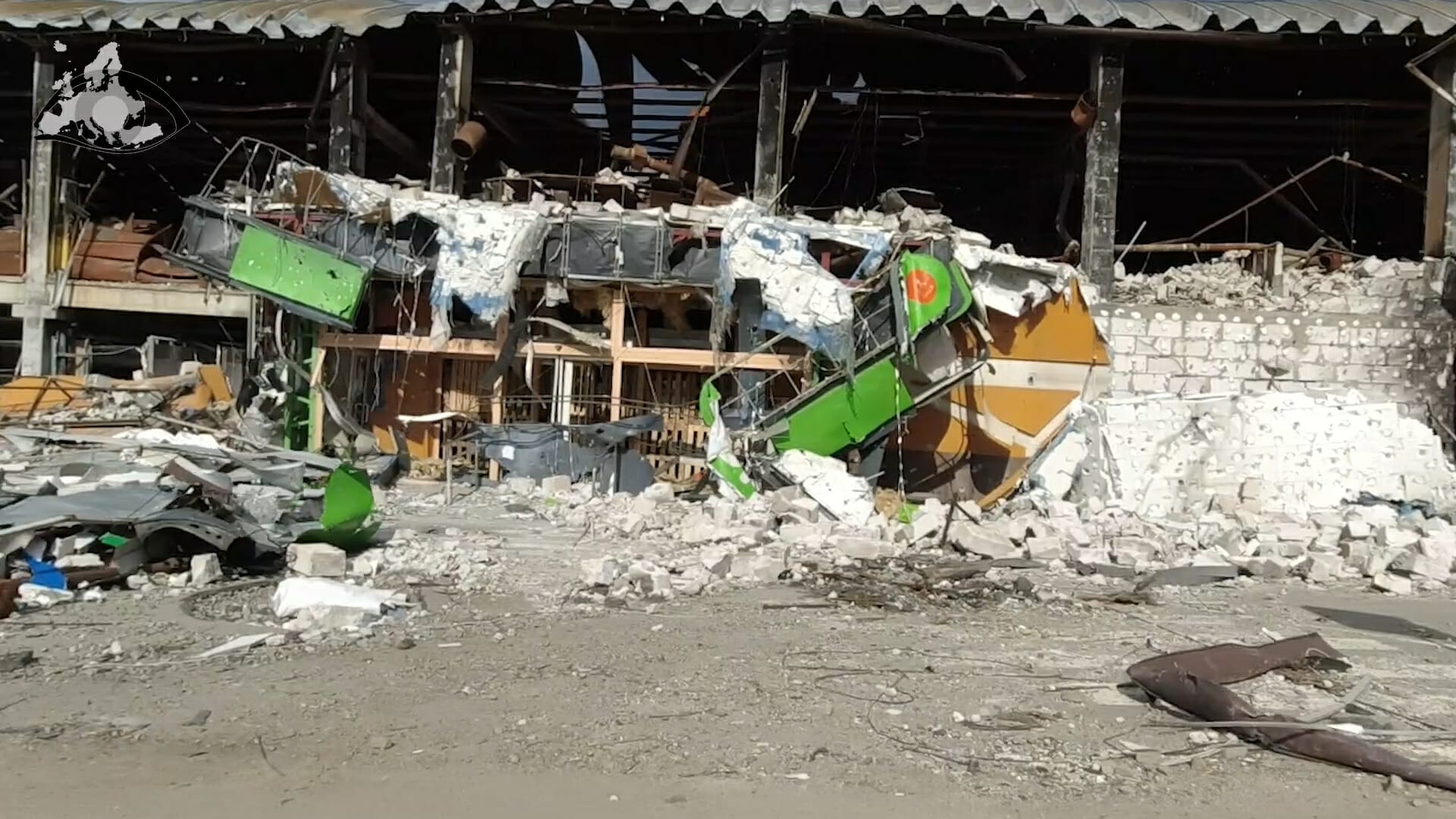
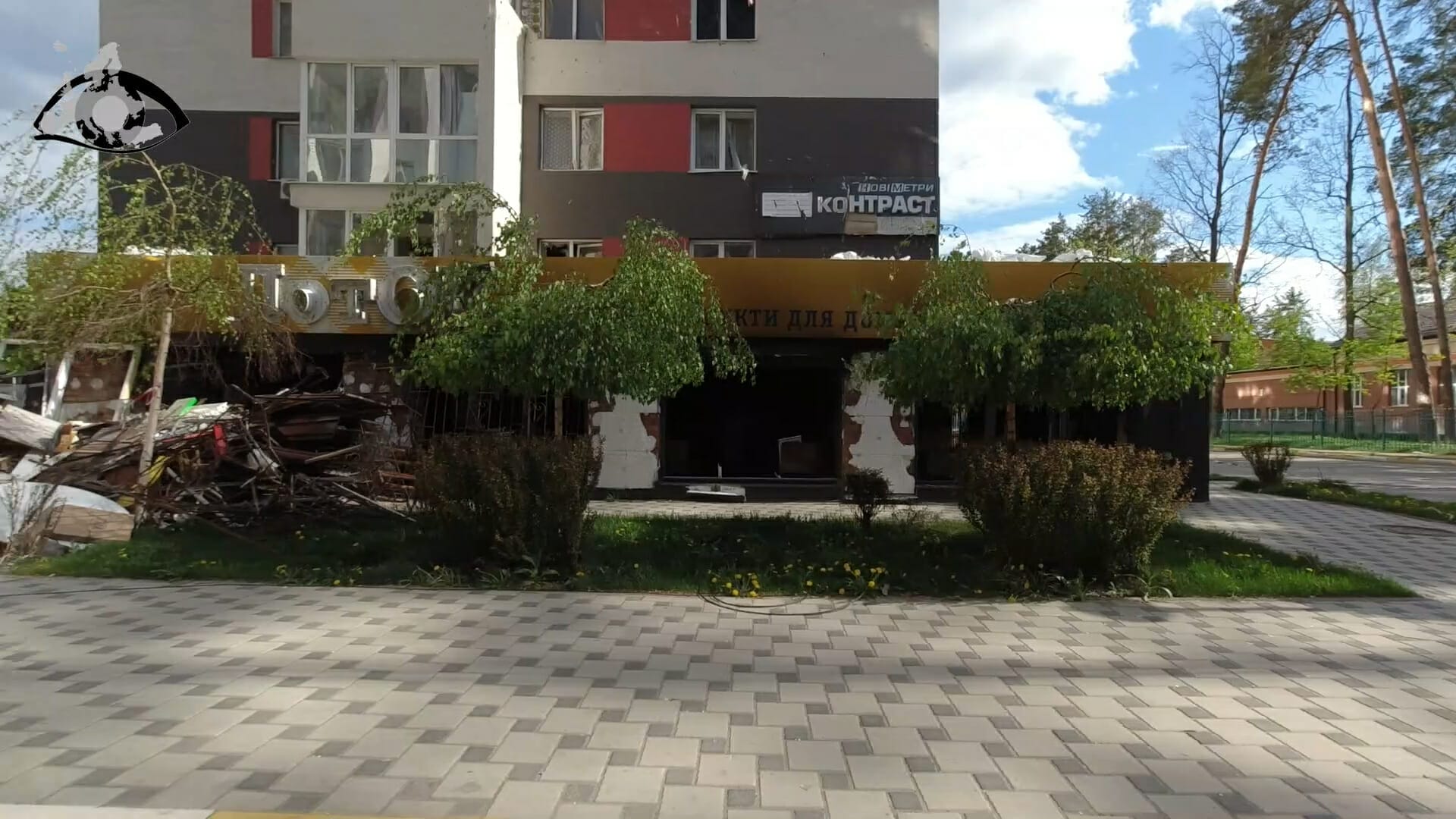
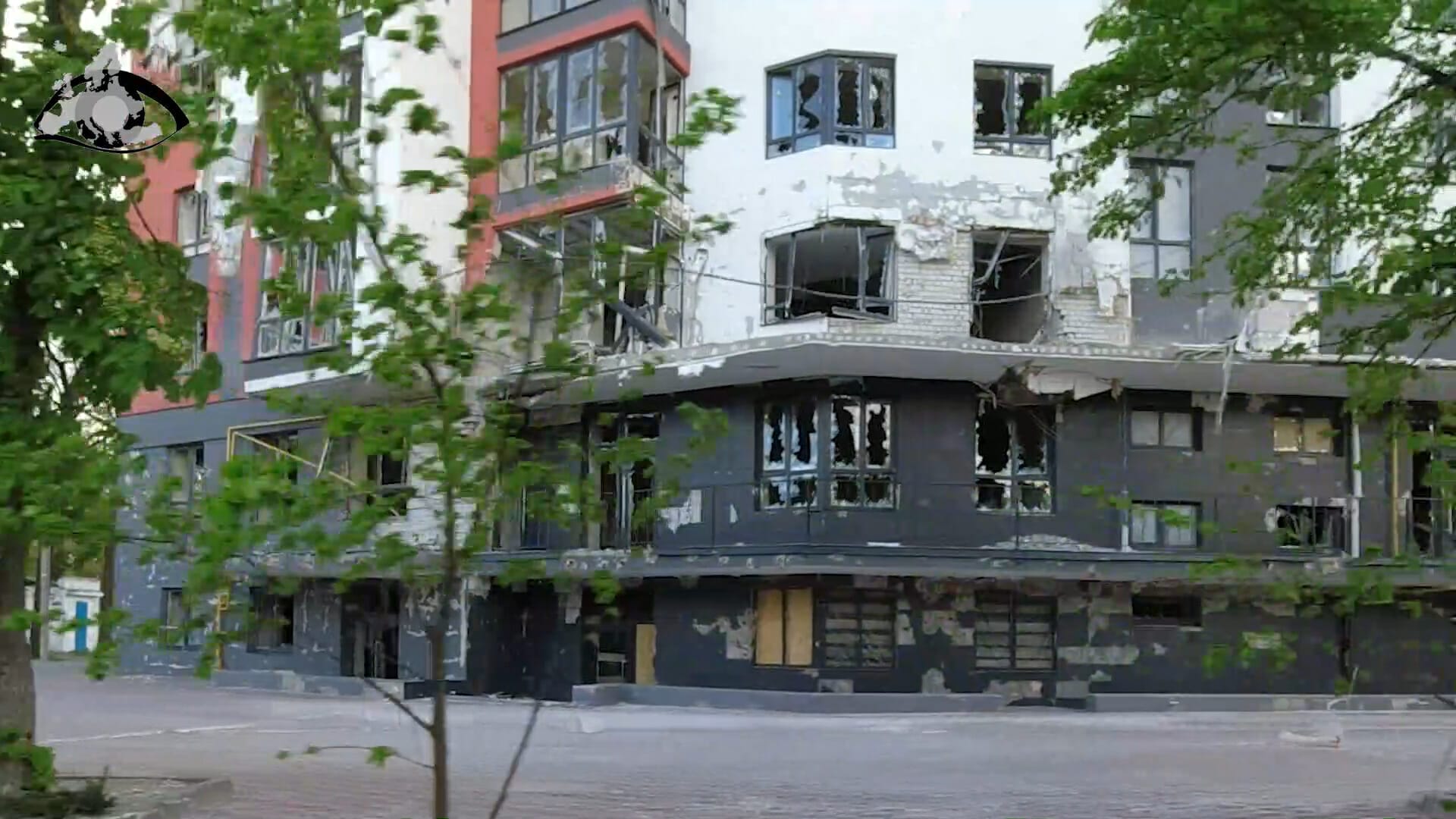

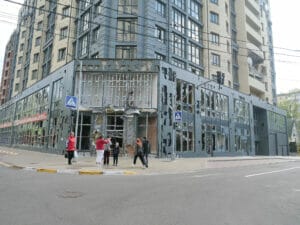



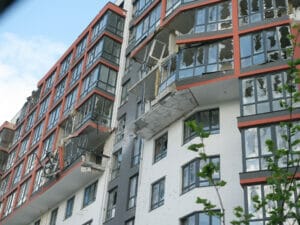



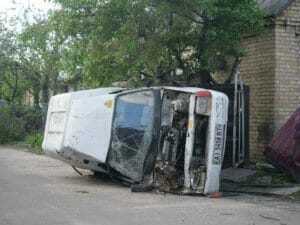

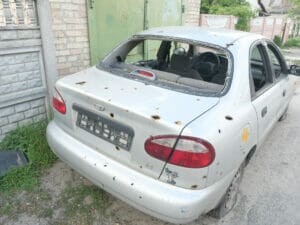
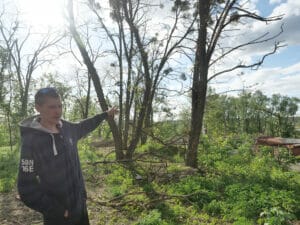
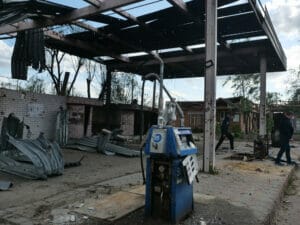
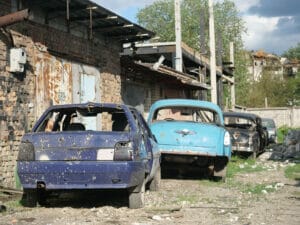
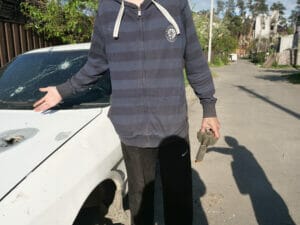
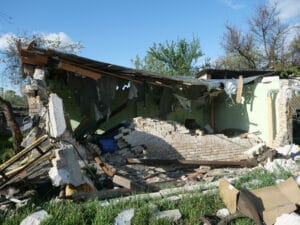
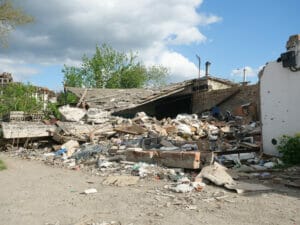



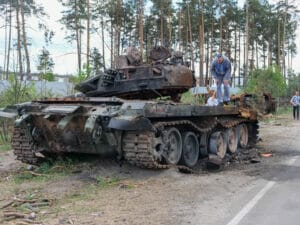
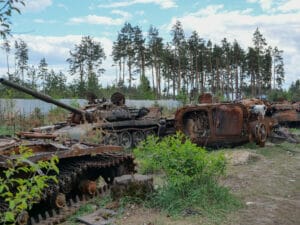
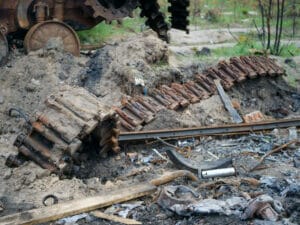
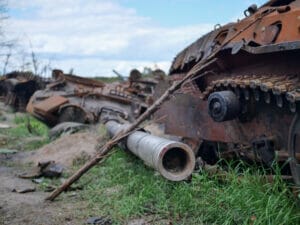

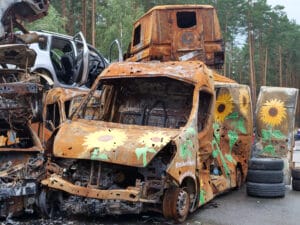

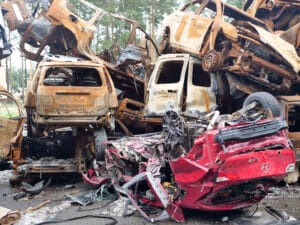
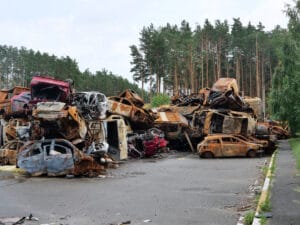
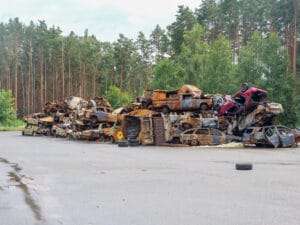
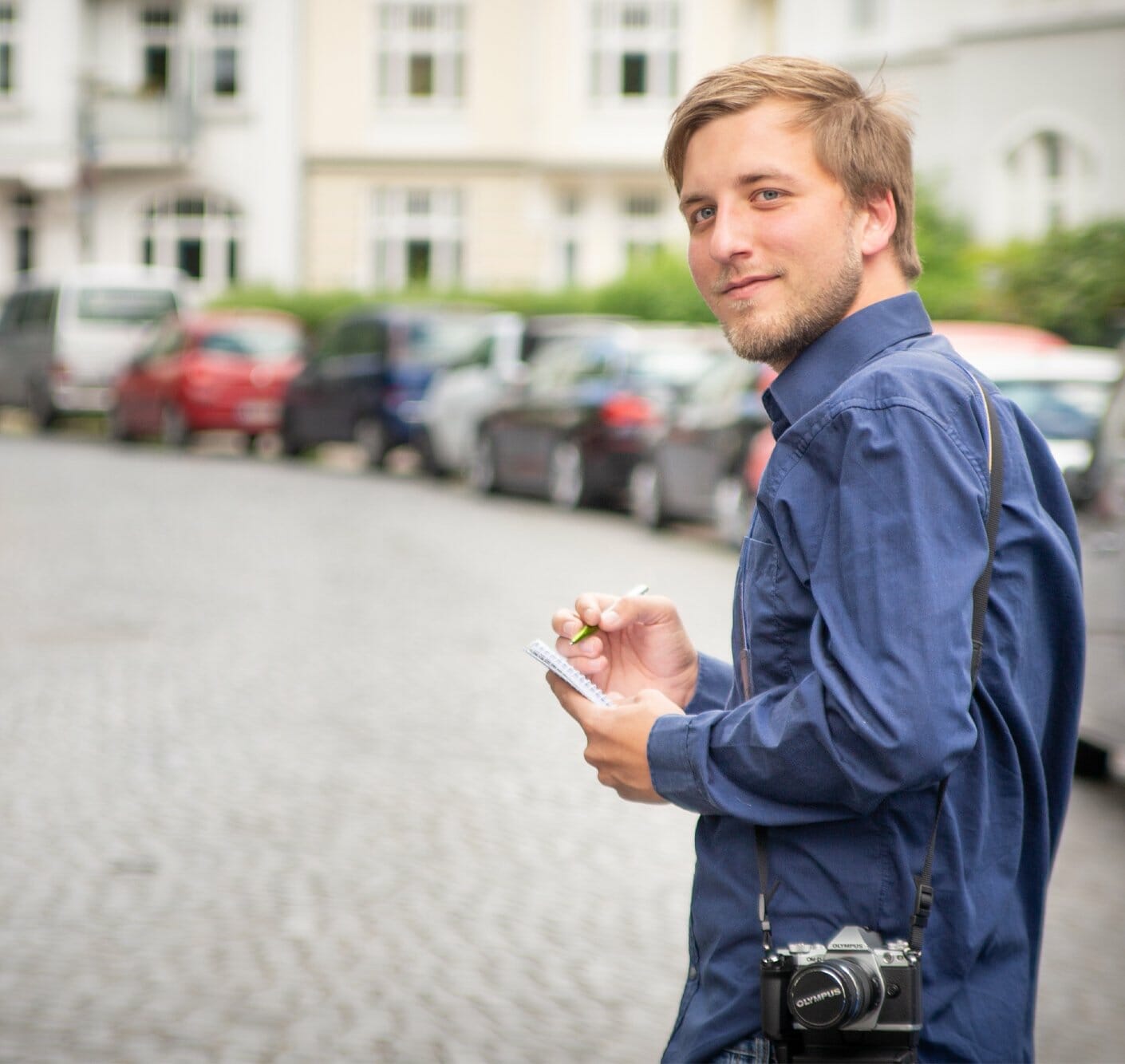
Leave a Reply
You must be logged in to post a comment.